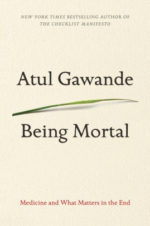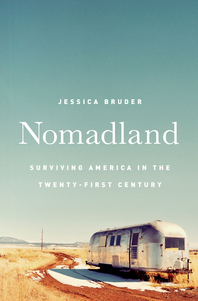Retirement, Week 2: Driven to write about Boyle Heights protests
Posted on | July 25, 2017 | Comments Off on Retirement, Week 2: Driven to write about Boyle Heights protests
This isn’t going so well. I am having news withdrawal symptoms. I look at some of the Twitter feed and the email subscriptions I get every day and think them boring. But my fingers want to be on a keyboard, and there are ideas out there that need exploring.
I’ve been fascinated by the Boyle Heights gentrification protests, particularly the specter of people in masks, more fashionista than Zapatista I think, protesting a coffee bar where one of the owners is white.
L.A. Times columnist Steve Lopez visited as the employees were sweeping up broken glass from vandalism. Silly, he said. The owners report that the protests are attracting business.
Boyle Heights, a neighborhood just east of downtown Los Angeles, has always been a neighborhood in transition. It was the site of one of the first Jewish settlements in Los Angeles, and the Breed Street Shul built in 1923 still stands, although the Jewish vanguard decamped to Fairfax Avenue and points west many decades ago.
Remnants of a Japanese community are still visible: some very old settlers, a large temple, and a cemetery.
These days, diversity largely means mixing waves of Latino immigrants.
Press accounts call this “vibrant,” and I suppose it is. Unlike many older suburban areas, there were not many vacant storefronts on Cesar Chavaz (formerly Brooklyn Avenue) even when I worked in Boyle Heights 15 years ago. There were people on the streets, and walking from the Breed Street School down to 3rd Street took you past front yards where chickens were pecking at the earth oblivious of their in-the-pot fate.
But there was also a lot of violence. After an evening meeting, it was possible to hear the pop-pop-pop of gunfire as one walked to the car. A reforming gang member was killed in a revenge shooting at the Smart & Final across from the school, one of the scores of Father Boyle’s Homeboys he has buried.
TV journalist John Merrow came to town to do a story on what he termed a gang-prevention program called the Society of Students. (SOS was really much more a build resilience program, and I’m sorry that it hasn’t spread.) Merrow remarked that the neighborhood looked kinda nice, not like the slums in older eastern cities, and he wondered what the big deal was about violence. I told him to ask the kids to demonstrate the pancake drill.
Elementary students at Breed were taught, “when you hear gunfire, make yourself a pancake on the ground.” The students demonstrated. Merrow was amazed.
The point of this is: let’s not romanticize Boyle Heights or other places that are in the process of gentrification.
It’s not like anyone with a half a foresight couldn’t see it coming. Stand on a patch of land with a clear view to the west, and rapidly revitalizing downtown is clearly visible. You could work there and walk home.
There had been a housing boomlet before the crash of ’08. Now it’s back, with the help of the new light rail Gold Line that connects Boyle Heights and the rest of East L.A. to the city center. Boyle Heights is simply too close to downtown to remain a real estate backwater much longer.
The question is: Can a rising neighborhood lift the people who are already there, and if so how does it do that?
This substantive problem comes to rest in schools, classrooms, and what school choice becomes for urban schools. When we were writing about the Annenberg project in Boyle Heights, we started noticing housing transitions and posed the question, “what would Roosevelt High School do with 500 professional middle class kids if they showed up at the school house door.”
People looked at us in disbelief. “Wouldn’t happen,” they said. “No one wants to go to school with poor kids.” But that’s exactly the problem will face Los Angeles schools. If young middle class families move back into the city, where will they school their children? If LAUSD builds itself around only being the educator of last resort for poor kids—the “chooser” kids having left for the charters—then it creates class segregation for itself and its students.




